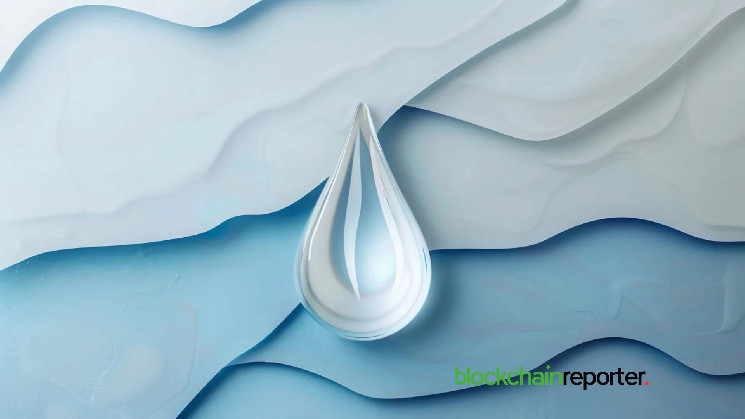
Artfi is excited to announce a transformative partnership with the Sui Network, poised to revolutionize the art market by democratizing art investment through innovative blockchain technology. This collaboration aims to make art investment accessible to a wider audience, breaking down the traditional barriers that have kept the art world exclusive.
Together with @artfiglobal, we\'re excited to transform the fine art world with blockchain tech, helping to pioneer the tokenization of real world assets.
We’re also excited to introduce Artinals-RWArt digital objects – a way to prove fractional ownership of real-world art.
Stay… https://t.co/gUAl90OsM6
— Sui (@SuiNetwork) May 28, 2024
Sui’s groundbreaking object-centric blockchain model is a significant departure from traditional approaches, focusing instead on objects as the primary unit of data. This shift allows each digital asset on Sui to have its unique identity, complete with ownership details, type, and a detailed transaction history. Sui enables both singular and shared ownership of assets, where shared ownership requires multiple verifications for changes, thereby ensuring security and consensus. This flexibility allows for the creation of complex asset structures where objects can own other objects, and some objects can even be made immutable to safeguard data integrity and security.
Artfi’s Impact on the Art Market
By merging the vast art market with the transparency and efficiency of blockchain technology, Artfi’s initiatives target the $1.7 trillion art industry. Traditionally, the art market has been an exclusive realm for the affluent. Artfi disrupts this status quo by democratizing access to art investments, thereby making it possible for more people to participate in and benefit from the art market.
One of the key innovations of this partnership is the introduction of “Artinals”, a new concept where artwork is divided into numerous fractions, each represented as a digital object on the Sui blockchain. These fractions, called Artinals, allow investors to own and trade parts of an artwork as if they were individual art pieces. This concept not only enhances the liquidity of art investments but also makes it easier for investors to enter the art market at various investment levels.
